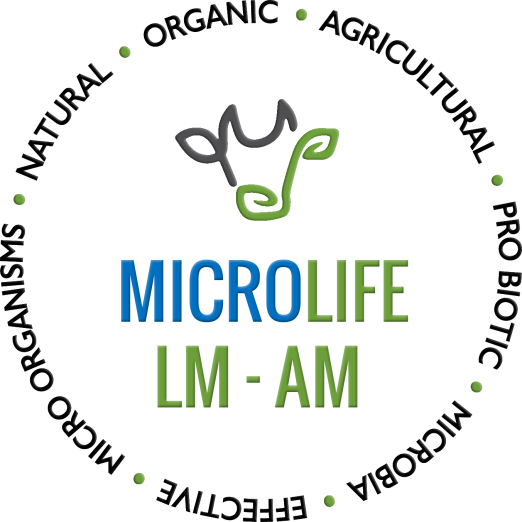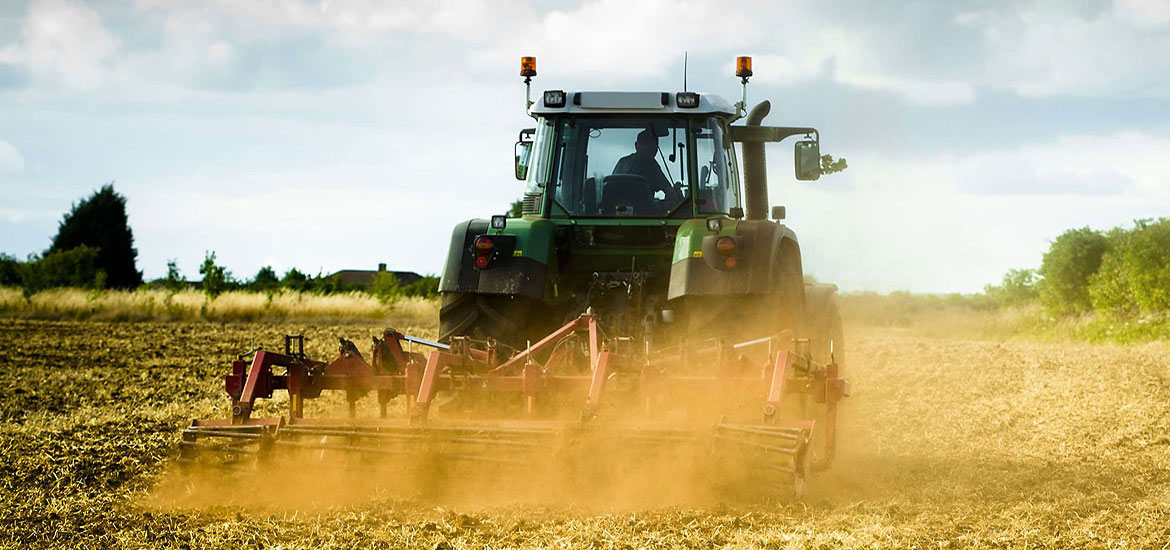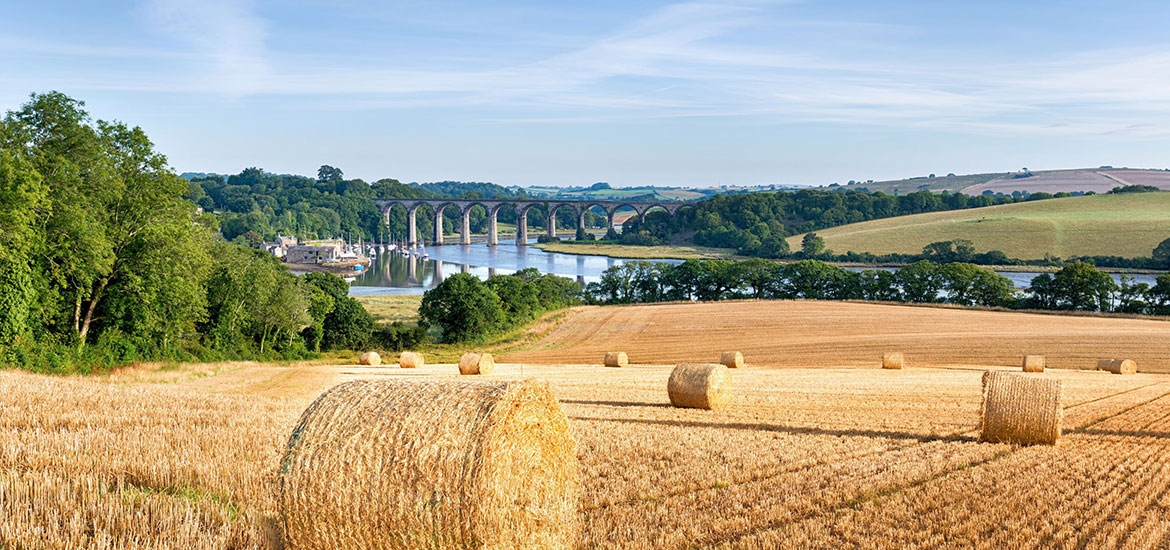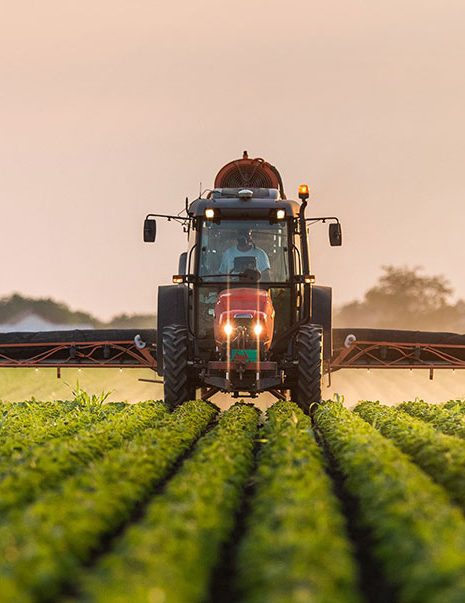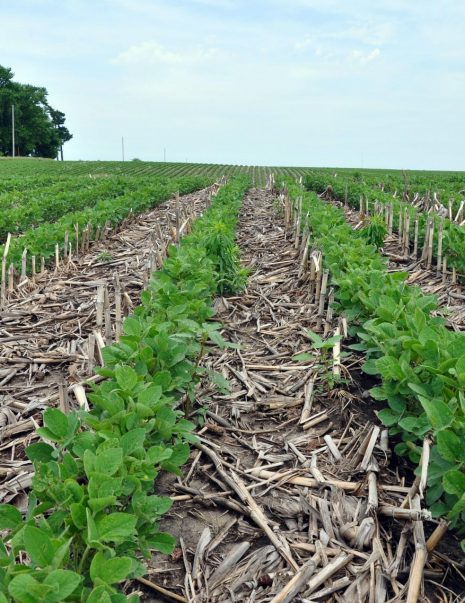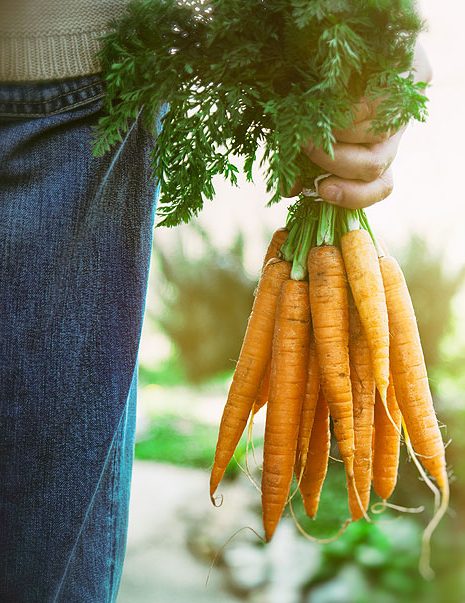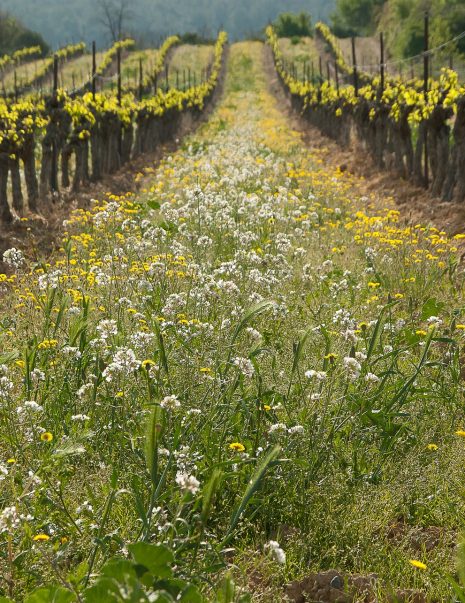ORGANIC SOLUTIONS
Defining “Organic”
Organic farming is a method of crop and livestock production that involves much more than choosing not to use pesticides, fertilizers, genetically modified organisms, antibiotics and growth hormones.
Organic production is a holistic system designed to optimize the productivity and fitness of diverse communities within the agro-eco-system, including soil organisms, plants, livestock and people. The principal goal of organic production is to develop enterprises that are sustainable and harmonious with the environment.
The general principles of organic production, include the following:
- protect the environment, minimize soil degradation and erosion, decrease pollution, optimize biological productivity and promote a sound state of health
- maintain long-term soil fertility by optimizing conditions for biological activity within the soil
- maintain biological diversity within the system
- recycle materials and resources to the greatest extent possible within the enterprise
- provide attentive care that promotes the health and meets the behavioural needs of livestock
- prepare organic products, emphasizing careful processing, and handling methods in order to maintain the organic integrity and vital qualities of the products at all stages of production
- rely on renewable resources in locally organized agricultural systems
Organic farming promotes the use of crop rotations and cover crops, and encourages balanced host/predator relationships. Organic residues and nutrients produced on the farm are recycled back to the soil. Cover crops and composted manure are used to maintain soil organic matter and fertility. Preventative insect and disease control methods are practiced, including crop rotation, improved genetics and resistant varieties. Integrated pest and weed management, and soil conservation systems are valuable tools on an organic farm. Organically approved pesticides include “natural” or other pest management products included in the Permitted Substances List (PSL) of the organic standards. The Permitted Substances List identifies substances permitted for use as a pesticides in organic agriculture. All grains, forages and protein supplements fed to livestock must be organically grown.
The organic standards generally prohibit products of genetic engineering and animal cloning, synthetic pesticides, synthetic fertilizers, sewage sludge, synthetic drugs, synthetic food processing aids and ingredients, and ionizing radiation. Prohibited products and practices must not be used on certified organic farms for at least three years prior to harvest of the certified organic products. Livestock must be raised organically and fed 100 per cent organic feed ingredients.
Organic farming presents many challenges. Some crops are more challenging than others to grow organically; however, nearly every commodity can be produced organically.
Why Farm Organically?
The main reasons farmers state for wanting to farm organically are their concerns for the environment and about working with agricultural chemicals in conventional farming systems. There is also an issue with the amount of energy used in agriculture, since many farm chemicals require energy intensive manufacturing processes that rely heavily on fossil fuels. Organic farmers find their method of farming to be profitable and personally rewarding.
Why Buy Organic?
Consumers purchase organic foods for many different reasons. Many want to buy food products that are free of chemical pesticides or grown without conventional fertilizers. Some simply like to try new and different products. Product taste, concerns for the environment and the desire to avoid foods from genetically engineered organisms are among the many other reasons some consumers prefer to buy organic food products. In 2007 it was estimated that over 60 per cent of consumers bought some organic products. Approximately five per cent of consumers are considered to be core organic consumers who buy up to 50 per cent of all organic food.
What is “Certified Organic”?
“Certified organic” is a term given to products produced according to organic standards as certified by one of the certifying bodies. There are several certification bodies operating in Ontario. A grower wishing to be certified organic must apply to a certification body requesting an independent inspection of their farm to verify that the farm meets the organic standards. Farmers, processors and traders are each required to maintain the organic integrity of the product and to maintain a document trail for audit purposes. Products from certified organic farms are labelled and promoted as “certified organic.”
The regulations apply to most food and drink intended for human consumption and food intended to feed livestock, including agricultural crops used for those purposes. They also apply to the cultivation of plants. The regulations do not apply to organic claims for other products such as aquaculture products, cosmetics, fibers, health care products, fertilizers, pet food, lawn care, etc.
Food products labelled as organic must contain at least 95 per cent organic ingredients (not including water and salt) and can bear the Canada Organic logo. Multi-ingredient products with 70 per cent to 95 per cent organic product content may be labelled with the declaration: “% organic ingredients”. Multi-ingredient products with less than 70 per cent organic content may identify the organic components in the ingredient list.
Exporting Organic Materials
Exported products must meet the requirements of the importing country or standards negotiated through international equivalency agreements. Products exported to the U.S. must meet the terms of the Canada-U.S. equivalency agreement signed in June 2009. All products that meet the requirements of the Canada Organic Regime can be exported to the U.S. with the exception that agricultural products derived from animals treated with antibiotics cannot not be marketed as organic in the U.S. Canada is also exploring other international equivalency agreements with other trading partners to enhance trade opportunities for export and to assure the organic integrity of imported products.
Successful Organic Farming
In organic production, farmers choose not to use some of the convenient chemical tools available to other farmers. Design and management of the production system are critical to the success of the farm. Select enterprises that complement each other and choose crop rotation and tillage practices to avoid or reduce crop problems.
Yields of each organic crop vary, depending on the success of the manager. During the transition from conventional to organic, production yields are lower than conventional levels, but after a three to five year transition period the organic yields typically increase.
Cereal and forage crops can be grown organically relatively easily to due to relatively low pest pressures and nutrient requirements. Soybeans also perform well but weeds can be a challenge. Corn is being grown more frequently on organic farms but careful management of weed control and fertility is needed. Meeting nitrogen requirements is particularly challenging. Corn can be successfully grown after forage legumes or if manure has been applied. Markets for organic feed grains have been strong in recent years.
The adoption of genetically engineered (GMO) corn and canola varieties on conventional farms has created the issue of buffer zones or isolation distance for organic corn and canola crops. Farmers producing corn and canola organically are required to manage the risks of GMO contamination in order to produce a “GMO-free” product. The main strategy to manage this risk is through appropriate buffer distances between organic and genetically engineered crops. Cross-pollinated crops such as corn and canola require much greater isolation distance than self-pollinated crops such as soybeans or cereals.
Fruit and vegetable crops present greater challenges depending on the crop. Some managers have been very successful, while other farms with the same crop have had significant problems. Certain insect or disease pests are more serious in some regions than in others. Some pest problems are difficult to manage with organic methods. This is less of an issue as more organically approved bio-pesticides become available. Marketable yields of organic horticultural crops are usually below non-organic crop yields. The yield reduction varies by crop and farm. Some organic producers have added value to their products with on-farm processing. An example is to make jams, jellies, juice, etc. using products that do not meet fresh market standards.
Livestock products can also be produced organically. In recent years, organic dairy products have become popular. There is an expanding market for organic meat products. Animals must be fed only organic feeds (except under exceptional circumstances). Feed must not contain mammalian, avian or fish by-products. All genetically engineered organisms and substances are prohibited. Antibiotics, growth hormones and insecticides are generally prohibited. If an animal becomes ill and antibiotics are necessary for recovery, they should be administered. The animal must then be segregated from the organic livestock herd and cannot be sold for organic meat products. Vaccinations are permitted when diseases cannot be controlled by other means. Artificial insemination is permitted. Always check with your certification body to determine if a product or technique is allowed in the Permitted Substances List and the organic standards. Organic production must also respect all other federal, provincial and municipal regulations.
Organic produce can usually qualify for higher prices than non-organic products. These premiums vary with the crop and may depend on whether you are dealing with a processor, wholesaler, retailer or directly with the consumer. Prices and premiums are negotiated between buyer and seller and will fluctuate with local and global supply and demand.
Higher prices offset the higher production costs (per unit of production) of management, labour, and for lower farm yields. These differences vary with commodity. Some experienced field crop producers, particularly of cereals and forages, report very little change in yield while in some horticultural crops such as tree fruits, significant differences in marketable yield have been observed. There may also be higher marketing costs to develop markets where there is less infrastructure than for conventional commodities. Currently, demand is greater than supply for most organic products.
Summary
Organic farming can be a viable alternative production method for farmers, but there are many challenges. One key to success is being open to alternative organic approaches to solving production problems. Determine the cause of the problem, and assess strategies to avoid or reduce the long term problem rather than a short term fix for it.
